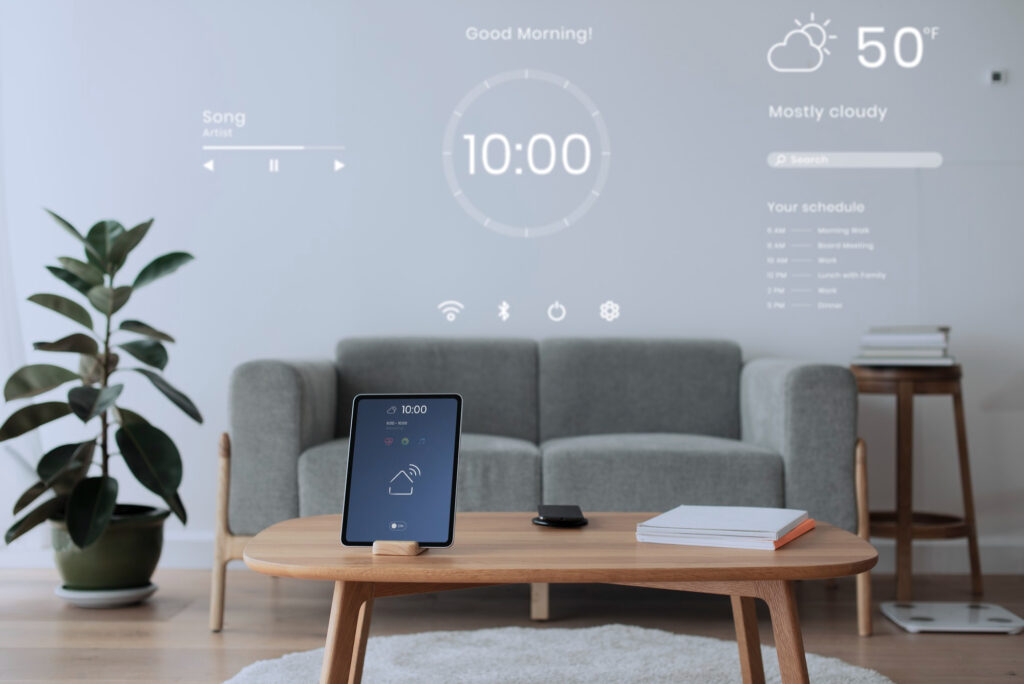Smart home security systems have become increasingly popular as they offer convenience and peace of mind by allowing homeowners to monitor and protect their homes remotely. However, concerns about the security of these systems and whether they can be hacked have arisen. In this article, we will explore the question: Is it possible to hack a smart home security system, the potential risks, and how you can ensure the safety of your connected home.

Understanding Smart Home Security Systems
Smart home security systems are designed to enhance the safety and convenience of modern households. These systems typically include components such as:
-
Smart Cameras: These cameras can record and stream live video, allowing homeowners to monitor their property from a distance.
-
Motion Sensors: Motion detectors trigger alerts or activate cameras when unexpected movement is detected.
-
Smart Locks: These locks allow homeowners to control access to their homes remotely, providing the ability to lock or unlock doors with a smartphone.
-
Alarms and Sensors: Smoke detectors, carbon monoxide detectors, and door/window sensors provide real-time information and alerts in case of emergencies.
-
Control Hub: A central hub or app serves as the command center for the various security components.
The Security of Smart Home Security Systems
The security of smart home systems is of utmost importance to homeowners, and various measures are in place to ensure their protection:
-
Encryption: Data transmitted between devices and the central hub is often encrypted to prevent eavesdropping.
-
Secure Authentication: Users are required to provide secure login credentials, such as a username and password or biometric authentication.
-
Remote Monitoring: Homeowners can monitor their systems remotely, receiving alerts and notifications on their smartphones or other devices.
-
Firmware Updates: Manufacturers regularly release firmware updates to address security vulnerabilities and improve system performance.
-
Authorization Controls: Access to the system is restricted, with only authorized users being able to make changes or receive information.
Is It Possible to Hack a Smart Home Security System?
While smart home security systems are designed with security in mind, the possibility of hacking does exist. Here are some of the key considerations:
-
Vulnerabilities: Like all technology, smart home systems can have vulnerabilities, which could be exploited by determined hackers.
-
Weak Passwords: If homeowners use weak or easily guessable passwords, their systems become more vulnerable to hacking.
-
Network Security: The security of the home’s Wi-Fi network can also impact the security of connected devices. A weak or compromised network may make it easier for hackers to gain access.
-
Phishing Attacks: Some hackers may attempt to trick homeowners into revealing their login credentials or other sensitive information through phishing attacks.
-
Unauthorized Access: In some cases, hackers may gain access to a smart home system if they can find an unsecured entry point.
-
Unpatched Systems: Neglecting to update or patch the system regularly can expose it to known vulnerabilities that hackers can exploit.
Potential Risks of Hacked Smart Home Security Systems
If a smart home security system is hacked, the following risks may occur:
-
Privacy Invasion: Hackers could gain access to live video feeds or recorded footage, potentially invading your privacy.
-
Unauthorized Access: If smart locks are compromised, hackers may gain access to your home, posing a significant security risk.
-
Data Manipulation: Smart home systems may control other devices like thermostats, lights, and appliances. If hacked, hackers could manipulate these devices, potentially causing inconvenience or damage.
-
Bypassed Alarms: Intruders can disable alarms and sensors, rendering them ineffective.
-
Monitoring and Surveillance: Hackers could monitor your daily routines and activities, leading to potential threats to your safety and security.
Protecting Your Smart Home Security System
To minimize the risk of hacking and ensure the security of your smart home system, consider the following precautions:
-
Strong Passwords: Use complex, unique passwords for your devices and system. Avoid easily guessable information like birthdays or common phrases.
-
Enable Two-Factor Authentication (2FA): Whenever possible, enable 2FA to add an extra layer of security.
-
Regular Updates: Keep your smart home system and devices up to date by installing the latest updates provided by the manufacturer.
-
Network Security: Ensure your home Wi-Fi network is secure with a strong password and updated router firmware.
-
Phishing Awareness: Be cautious when clicking on links or providing login credentials. Verify the authenticity of emails and websites before entering your information.
-
Device Management: Regularly review and remove devices that you no longer use or need from your smart home system.
-
Privacy Settings: Adjust privacy settings on your devices and apps to limit the data collected and shared.
Conclusion
The security of your smart home security system is essential to safeguard your property and privacy. While the possibility of hacking exists, following security best practices and taking precautions can significantly reduce the risks. By using strong passwords, enabling 2FA, keeping your system updated, and being cautious about phishing attempts, you can enjoy the convenience and security of your connected home without undue worry. Remember that securing your smart home is a vital step in ensuring the safety and privacy of your household.